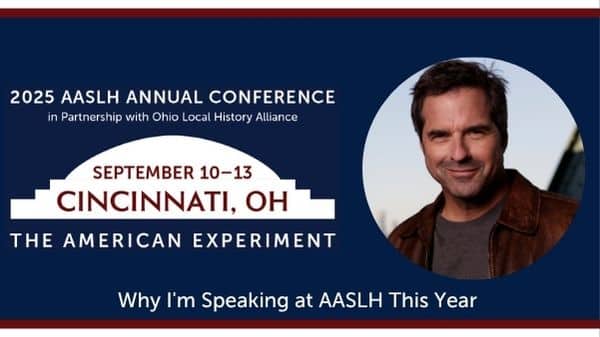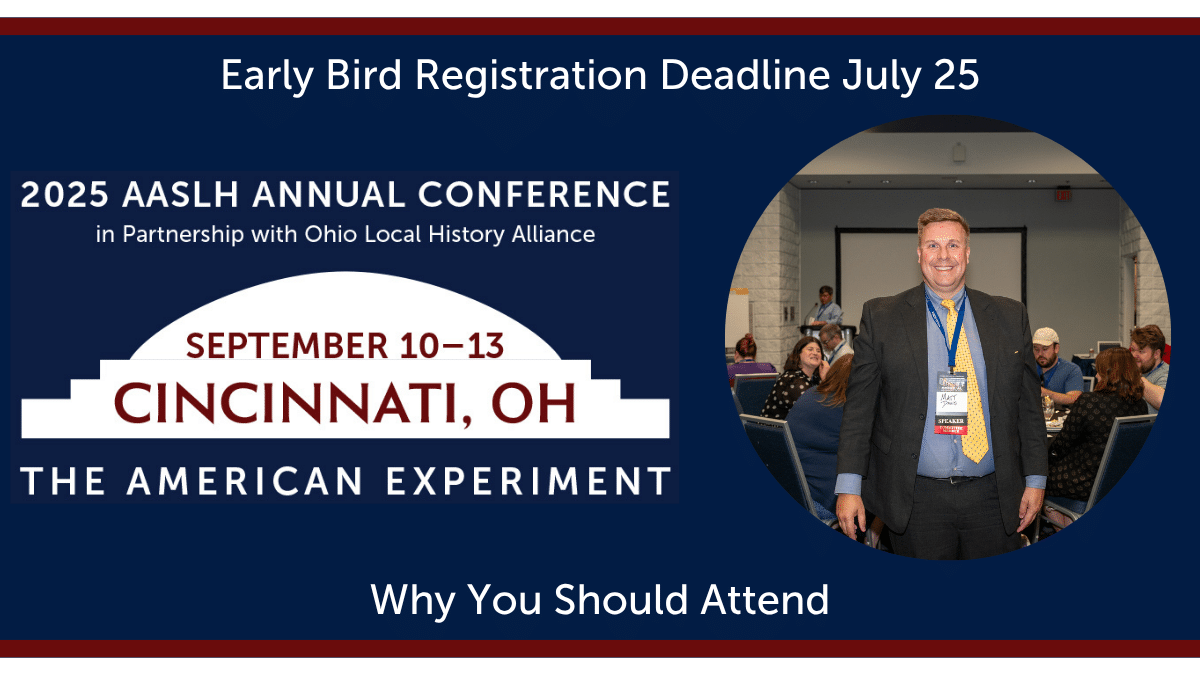Mission Over Tradition
By Bethany Hawkins, AASLH Chief of Operations
A few weeks ago, my pastor was speaking about the calling of the church and said it must value mission over tradition. If you have ever attended a business meeting at a small, older Baptist church, you can understand why he thought this needed to be said. (This does not reflect the culture of my current place of worship which is a thriving mission-driven church.) Not familiar with church politics? Not a problem. Those of us who work and volunteer in history organizations deal with this dichotomy on a regular basis.
All nonprofit organizations should have a mission statement that guides all aspects of their work. The American Alliance of Museums states it well, “A mission statement is the beating heart of a museum. It articulates the museum’s educational focus and purpose and its role and responsibility to the public and its collections.” (aam-us.org/wp-content/uploads/2018/01/developing-a-mission-statement-final.pdf) Too often, staff and boards forget to consult their mission when thinking about long-running programs, exhibits, and policies. They then start relying on tradition which can keep them from growing and reaching new audiences.
Think about it. I am sure all of us have stories when we put tradition over mission to the ultimate detriment of our organization. It is time we did some work with our staff and boards to evaluate what are those things we do because of tradition and ask the hard questions. Why are we still doing this, and should we make changes to ensure we are following our mission?
Here are five things you can do to start this process to put mission over tradition:
- Read your mission statement at the beginning of every board and staff meeting. This keeps it fresh in everyone’s mind and can help when things come up contrary to the organization’s mission.
- Make a list of all your programming during the calendar (or fiscal) year. Review it critically, noting those that don’t advance your mission.
- Have a strategic planning session, including all stakeholders, to discuss things identified as traditional rather than missional. Ask the tough questions.
a. What is the history of this tradition?
b. Why do we continue to do it?
c. Can we make changes to it so it aligns with our mission?
- Know the figures. What is its impact on your budget?
a. What is the bottom line financially about this traditional activity?
b. What is our net for it? Does it make money or cost us money?
c. Don’t forget to include staff cost.
- Consider life without it. Removing a program, process, or activity that could be holding your organization back will create capacity for something new. What would your staff and volunteers be able to do if they did not have to deal with it?
I hope this post inspires you to take a critical look at your organization. We don’t often take the time to talk about why we do what we do. It is easier to say, “But we’ve always done it this way.” Taking the time to have the tough conversations and the bravery to remove things not attuned with your mission can spark growth and room to try new things in new ways preparing your organization to focus on the future instead of stuck in the past.
Bethany L. Hawkins is the Chief of Operations for AASLH and can be reached at [email protected].




